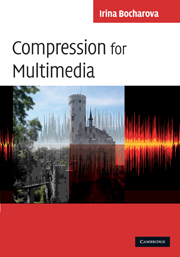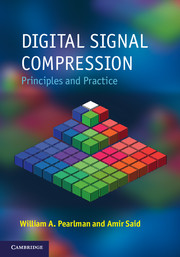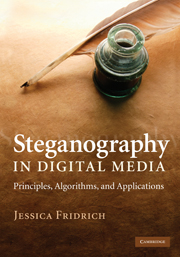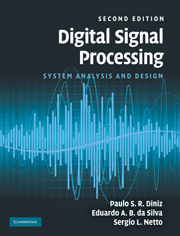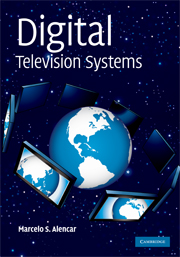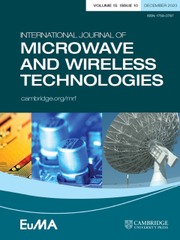Compression for Multimedia
Providing a thorough theoretical understanding of lossy compression techniques for image, video, speech, and audio compression, this book also covers the key features of each system, as well as practical applications, implementation issues, and design trade-offs. It presents comparisons of multimedia standards in terms of achieving known theoretical limits, whilst common and distinguishing features of the existing standards are explained and related to the background theory. There is detailed coverage of such topics as the H.264 video coding standard, low-complexity code-based vector quantizers, and the Blahut rate-distortion algorithm. Examples based on real multimedia data are also included, plus end-of-chapter problems to test understanding, algorithms that allow the reader to represent speech and audio signals efficiently, and an appendix on the basics of lossless coding. With an excellent balance of theory and practice, this book is ideal for undergraduate and graduate students, and is also a useful reference for practitioners.
- Contains examples based on real multimedia data for a thorough understanding of compression techniques
- Covers important practical issues, so readers know how to implement multimedia compression systems
- Includes a detailed analysis of existing compression techniques, so readers understand how they perform relative to known theoretical limits
Product details
June 2010Adobe eBook Reader
9780511763755
0 pages
0kg
98 b/w illus. 16 tables 81 exercises
This ISBN is for an eBook version which is distributed on our behalf by a third party.
Table of Contents
- Preface
- 1. Introduction
- 2. Analog to digital conversion
- 3. Elements of rate-distortion theory
- 4. Scalar quantization with memory
- 5. Transform coding
- 6. Filter banks and wavelet filtering
- 7. Speech coding: techniques and standards
- 8. Image coding standards
- 9. Video-coding standards
- 10. Audio-coding standards
- Appendix. Lossless-coding techniques
- References
- Index.

